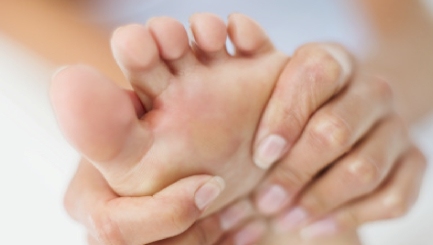
Rheumatoid arthritis (RA from here) is the second most common form of arthritis in the UK and it affects almost 600,000 people. The condition often starts in the forefeet due to the multitude of tiny joints they contain which the arthritis can inflame it its vindictive delight. This often causes sensations which sufferers sometimes compare to ‘walking on marbles’ and was long thought that this was because the joints in the forefeet were inflamed and caused this sensation.
This theory has been debunked and it’s now been shown that bursae, which are small fluid filled sacks found in areas of the body that are subject to friction (think of them as buffers or pads), which have become inflamed actually cause the sensation of walking on marbles as they’re located on the underside of feet. These bursae were rarely detected by clinical examination and as such, were ignored until scans revealed them to scientists for the first time recently.
What does this mean? Well, as I said knowledge is important. We can’t treat anything until we understand it. Better understandings lead to better treatments and as such, scientists and researchers can now look into more effective ways to treat what is being called ‘marble foot syndrome’ and hopefully RA as a whole!
